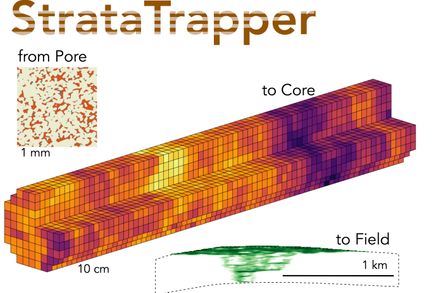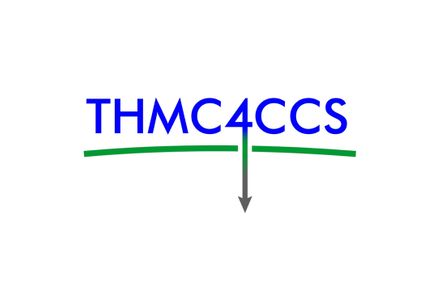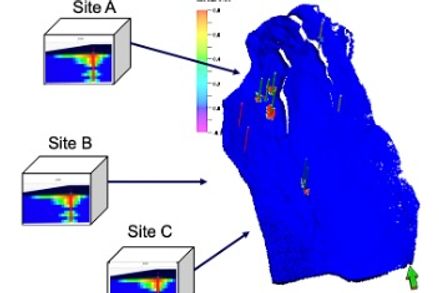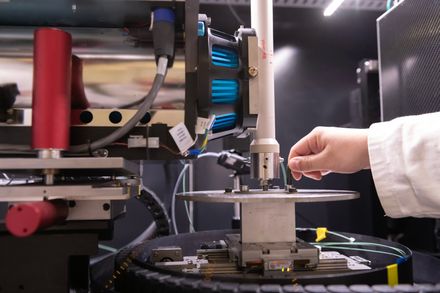BibTex format
@article{Kolster:2017:10.1016/j.ijggc.2017.10.011,
author = {Kolster, C and Agada, S and Mac, Dowell N and Krevor, S},
doi = {10.1016/j.ijggc.2017.10.011},
journal = {International Journal of Greenhouse Gas Control},
pages = {77--85},
title = {The impact of time-varying CO2 injection rate on large scale storage in the UK Bunter Sandstone},
url = {http://dx.doi.org/10.1016/j.ijggc.2017.10.011},
volume = {68},
year = {2017}
}





